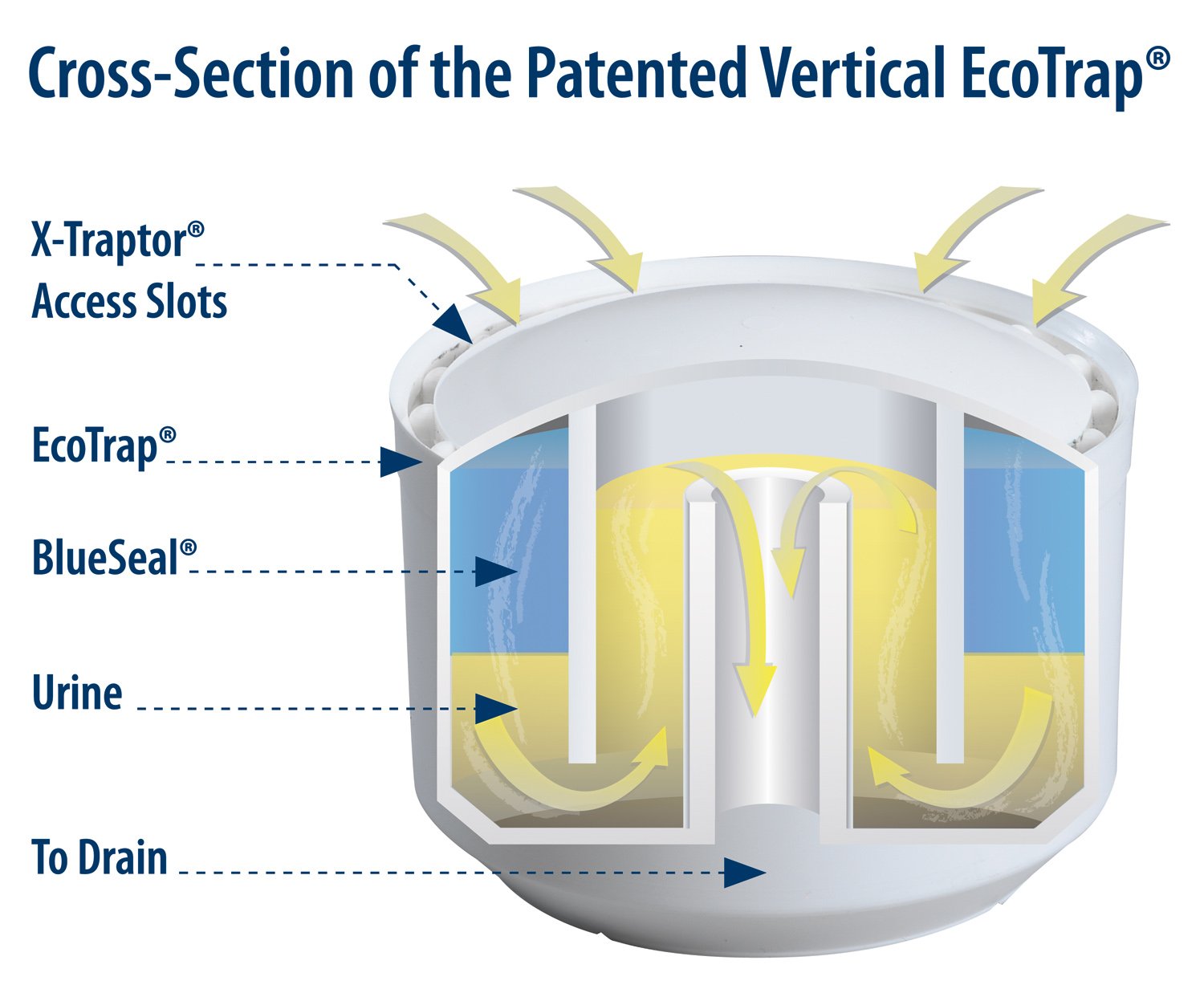We've all seen this. It's intermission at a theater, and lines are formed to use the restrooms. And then we take note: the line for the men's room typically moves fast and is rarely all that long. However, the line for the ladies' room moves slowly, sometimes very slowly, and stretches for what seems forever.
This is called potty parity and there are documented reasons for this.
For instance, a study published in December 2021 by the Rotman School of Management at the University of Toronto, Toronto, Canada, says one problem is that women tend to linger longer in restrooms. "Linger" is the key word here.
The study says they tend to chitchat more, spend time applying makeup, look in the mirror, and adjust their gowns. This all takes time. Men don't do this – or at least not as much. They tend to get out of the restroom as quickly as possible, making this one reason why women must wait in line 34 times longer than men.
Then there is a much more practical reason. Men can go right up to a urinal and do their business. In contrast, according to another study, women must open the stall door, close it, and then repeat the process when leaving.
Further, researchers at Ghent University in Belgium say that due to the pandemic, they often grab paper to wipe down all touchable surfaces in the stall, including the door handle, upon entering and exiting. "This results in an average (extra amount of) time spent at the toilet of 1 minute and 30 seconds for women."
Then, a third reason contributes to the long wait for women. Communities throughout North America require a set number of gender-segregated restrooms in a building based on the size of the building or its use. However, many of these gender-segregated restrooms are the same size. Toilets take up more space than urinals, which means there are invariably more urinals in a men's room than toilets in a ladies’ room.
In one example provided by Ghent University, a women's restroom had ten toilet stalls. However, the men's restroom directly across the hall has two toilet stalls, but twelve urinals in the same-sized restroom. Because most men do their business standing up, it's easy to see why their line is smaller and moves faster. In fact, they timed it. Men typically waited 40 seconds to use the restroom in this example, whereas women waited two minutes and eight seconds.
Based on these studies, both universities have produced different layouts that could be used in ladies' restrooms to reduce waiting times. The gist of these layouts is that for every toilet in a men's room, there should be 1.5 to 2 toilets in a ladies' room. However, restroom size constraints continue to be a problem.
So, what is the answer to potty parity? Here is what Ghent University concluded:
The holy grail is to use unisex toilets (allowing men and women to use the same restroom). In these mixed toilets layouts, the toilet cabins are available for both sexes and optionally complemented with extra urinals for the men. As sharing the toilet capacity across sexes is more efficient, the average waiting time decreases.
Rotman University agreed, concluding that unisex restrooms enhance potty parity wait times and even increase users' feelings of safety.
All interesting, but where do waterless urinals fit into the picture?
They will not speed up wait times, whether installed in a traditional men's room or unisex restroom, but they will make the restroom cleaner and more hygienic. Let's remember. Water-using urinals release aerosol plumes. These droplets spread pathogens from human waste, including contagious diseases. Because waterless urinals do not use water, plume is not an issue.




















